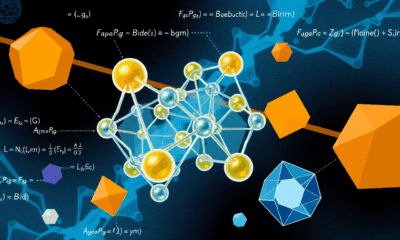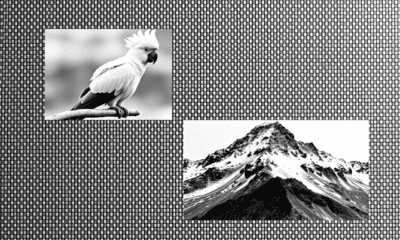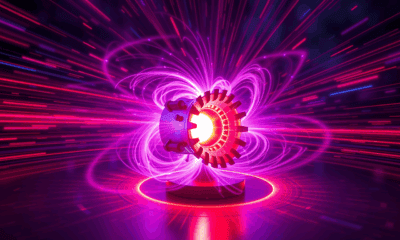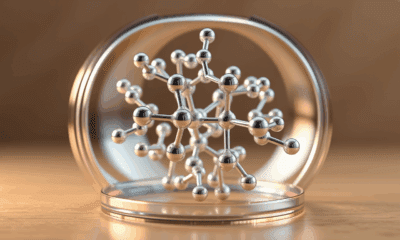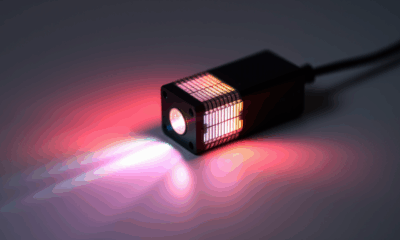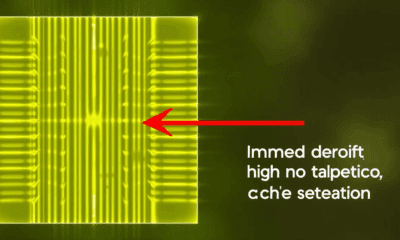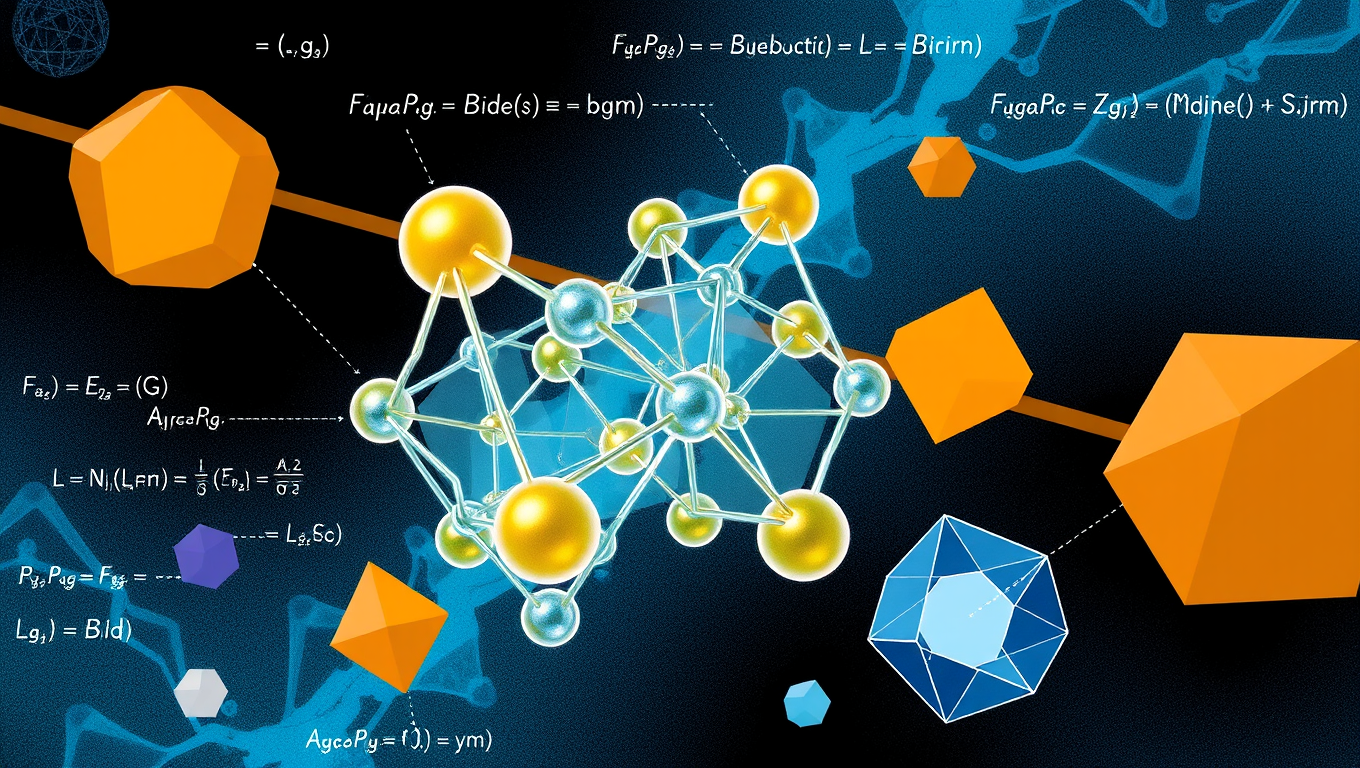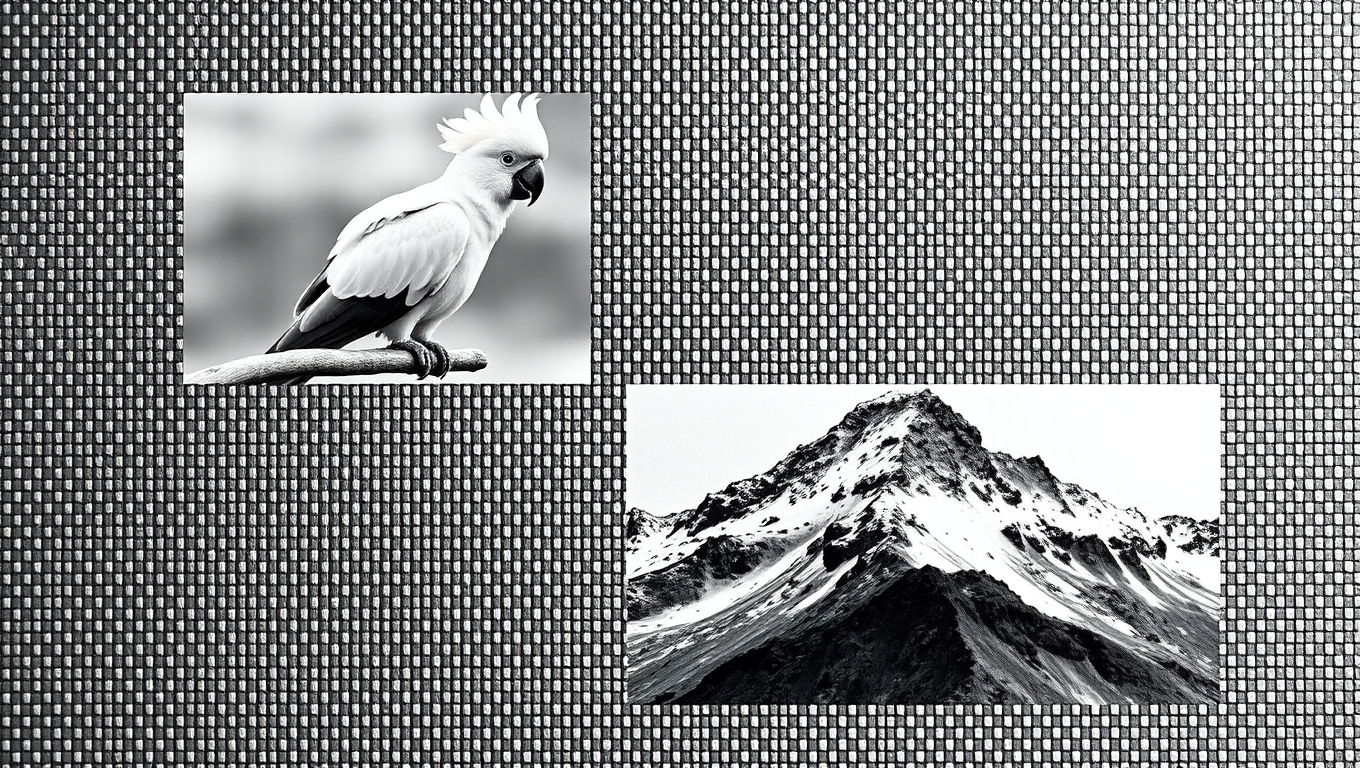While we try to keep things accurate, this content is part of an ongoing experiment and may not always be reliable.
Please double-check important details — we’re not responsible for how the information is used.
Chemistry
Unlocking Real-World Physics with MagicTime: A Revolutionary Text-to-Video AI Model
Computer scientists have developed a new AI text-to-video model that learns real-world physics knowledge from time-lapse videos.

Chemistry
“Harnessing Defects: A New Mathematical Framework for Strengthening Materials”
Crystals may seem flawless, but deep inside they contain tiny structural imperfections that dramatically influence their strength and behavior. Researchers from The University of Osaka have used the sophisticated math of differential geometry to reveal how these defects—like dislocations and disclinations—interact in elegant, unified ways. Their findings could help scientists engineer tougher, smarter materials by intentionally leveraging these flaws rather than avoiding them.
Chemistry
“Twisted Technology: A Breakthrough in Chiral Metasurfaces Reveals Hidden Images”
Using advanced metasurfaces, researchers can now twist light to uncover hidden images and detect molecular handedness, potentially revolutionizing data encryption, biosensing, and drug safety.
Chemistry
A Breakthrough in Drug Design: Geneva Chemists Forge Millennia-Stable ‘Mirror-Proof’ Drugs
Chemists at the University of Geneva and University of Pisa have crafted a novel family of chiral molecules whose mirror-image “handedness” remains rock-solid for tens of thousands of years. By swapping the usual carbon-bound arms for oxygen and nitrogen, they introduced an unprecedented stereogenic center and proved its extreme resilience through dynamic chromatography and quantum calculations. This breakthrough not only prevents life-saving drugs from flipping into harmful twins but also unlocks fresh 3D architectures for future medicines and smart materials.
-

 Detectors3 months ago
Detectors3 months agoA New Horizon for Vision: How Gold Nanoparticles May Restore People’s Sight
-

 Earth & Climate4 months ago
Earth & Climate4 months agoRetiring Abroad Can Be Lonely Business
-

 Cancer4 months ago
Cancer4 months agoRevolutionizing Quantum Communication: Direct Connections Between Multiple Processors
-

 Agriculture and Food4 months ago
Agriculture and Food4 months ago“A Sustainable Solution: Researchers Create Hybrid Cheese with 25% Pea Protein”
-

 Diseases and Conditions4 months ago
Diseases and Conditions4 months agoReducing Falls Among Elderly Women with Polypharmacy through Exercise Intervention
-

 Albert Einstein4 months ago
Albert Einstein4 months agoHarnessing Water Waves: A Breakthrough in Controlling Floating Objects
-

 Chemistry4 months ago
Chemistry4 months ago“Unveiling Hidden Patterns: A New Twist on Interference Phenomena”
-

 Earth & Climate4 months ago
Earth & Climate4 months agoHousehold Electricity Three Times More Expensive Than Upcoming ‘Eco-Friendly’ Aviation E-Fuels, Study Reveals

